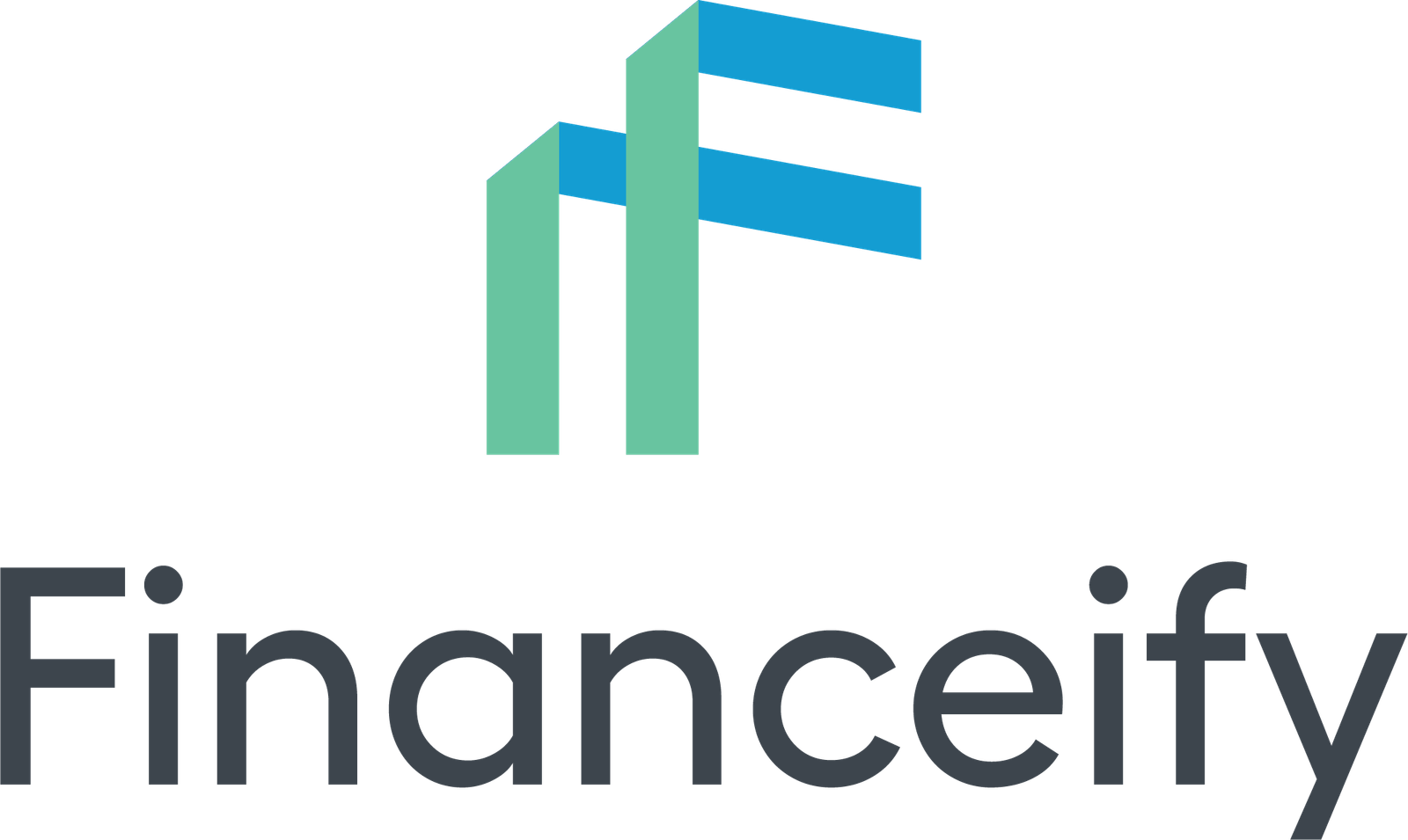Navigating the world of employer retirement plans can be complicated, especially as you approach retirement. In Canada, understanding these plans is crucial to ensuring a comfortable and financially secure retirement. Let’s take a look at the different types of occupational retirement plans available to Canadian workers.
The most important conclusions for future retirees:
- Understand your plan: Whether it’s a defined contribution or defined benefit plan, understand how your plan works, its benefits, and its limitations.
- Cartridge details: Explain how much you and your employer contribute and how those contributions are invested.
- Withdrawal options: Learn about the different withdrawal options available after retirement and their tax implications.
- Plan for portability: If you’ve changed jobs, consider rolling over your old pension to your new plan.
- Get professional advice: Consult your financial advisors or retirement plan managers to make informed decisions about your retirement savings.
Employer Retirement Plan Basics
Employee retirement plans are registered savings plans approved by the federal government that are designed to provide income in retirement. These plans, in which both you and your employer contribute, come in two main types: defined-contribution plans and defined-benefit plans. If you have changed jobs, you may receive pensions from different employers, which can be transferred. To learn the details of your specific retirement plan, be sure to consult with a human resources advisor or financial advisor.
Defined contribution pension plans
In a defined contribution plan, the contribution amount is fixed in advance, while the pension amount is not fixed. Both you and your employer contribute a certain amount every year, and the funds are invested in various financial products. Retirement income depends on investment performance and plan management. When you retire, you typically choose to invest your retirement funds in an annuity, a locked-in LIRA or RRIF, or a combination thereof. Sometimes you can unblock if the amount is small or your health is poor.
Defined benefit pension plans
Defined benefit plans provide a steady income after you retire, calculated based on your salary and years of contributions. Both you and your employer contribute, and the investments are managed by your employer or retirement plan administrator. The payout is a fixed amount, independent of investment performance, and may include inflation indexation to cover living costs. Understanding whether you will receive an indexed pension is crucial to planning your retirement finances.
Group Registered Retirement Savings Plans (RRSP)
Group RRSPs are employer-sponsored retirement savings plans in which you make contributions through payroll deductions. Your employer can also contribute to your RRSP. Every plan is different, so it is important to discuss the details with your human resources or retirement plan representative.
Pooled Registered Pension Plans (PRPP)
PRPPs are mainly intended for employees of small and medium-sized enterprises and the self-employed, who usually do not have access to occupational pensions. Both you and your employer can contribute, although employer contributions are voluntary. The pension payment depends on the results of the invested funds.
Voluntary Retirement Savings Plans
In Quebec, Voluntary Pension Savings Plans are available to workers without access to occupational pensions and to self-employed people. These plans are similar to PRPPs and offer an additional opportunity to build retirement savings.
Retirement planning is a key aspect of your financial journey. Understanding the nuances of your employer’s retirement plan ensures you’ll be well-prepared for a comfortable and secure retirement.


